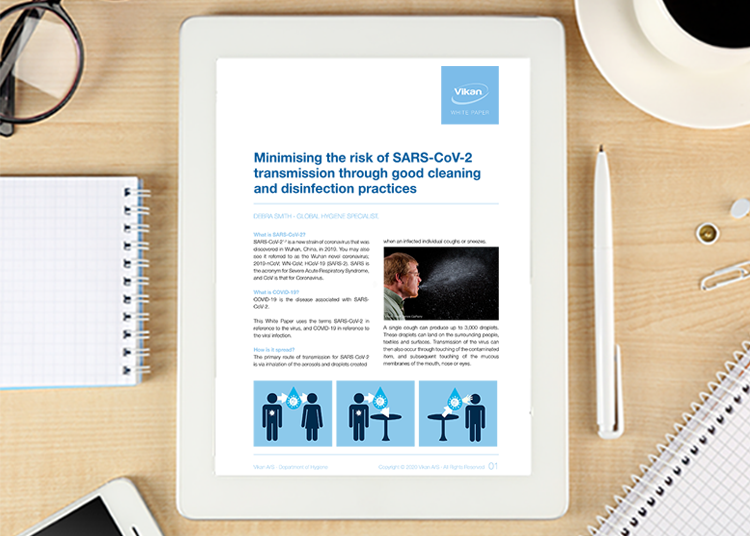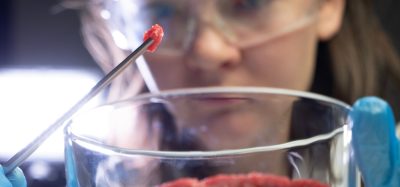Whitepaper: Minimising the risk of SARS-CoV-2 transmission through good cleaning and disinfection practices
- Like
- Digg
- Del
- Tumblr
- VKontakte
- Buffer
- Love This
- Odnoklassniki
- Meneame
- Blogger
- Amazon
- Yahoo Mail
- Gmail
- AOL
- Newsvine
- HackerNews
- Evernote
- MySpace
- Mail.ru
- Viadeo
- Line
- Comments
- Yummly
- SMS
- Viber
- Telegram
- Subscribe
- Skype
- Facebook Messenger
- Kakao
- LiveJournal
- Yammer
- Edgar
- Fintel
- Mix
- Instapaper
- Copy Link
Posted: 23 April 2020 | Vikan | No comments yet
What is SARS-CoV-2?
SARS-CoV-21,2 is a new strain of coronavirus that was discovered in Wuhan, China, in 2019. You may also see it referred to as the Wuhan novel coronavirus; 2019-nCoV; WN-CoV; HCoV 19 (SARS-2). SARS is the acronym for Severe Acute Respiratory Syndrome, and CoV is that for Coronavirus.
What is COVID-19?
COVID-19 is the disease associated with SARSCoV- 2. This White Paper uses the terms SARS-CoV-2 in reference to the virus, and COVID-19 in reference to the viral infection.
How is it spread?
The primary route of transmission for SARS-CoV-2 is via inhalation of the aerosols and droplets created when an infected individual coughs or sneezes. A single cough can produce up to 3,000 droplets. These droplets can land on the surrounding people, textiles and surfaces. Transmission of the virus can then also occur through touching of the contaminated item, and subsequent touching of the mucous membranes of the mouth, nose or eyes.
Related content from this organisation
- Vikan launches flexible hygienic wall bracket solution
- Whitepaper: Minimising the risk of SARS-CoV-2 transmission through good cleaning and disinfection practices
- Application Notes – June 2019
- Food Safety – In-Depth Focus 2019
- Whitepaper: Optimising food safety through good cleaning tool maintenance








